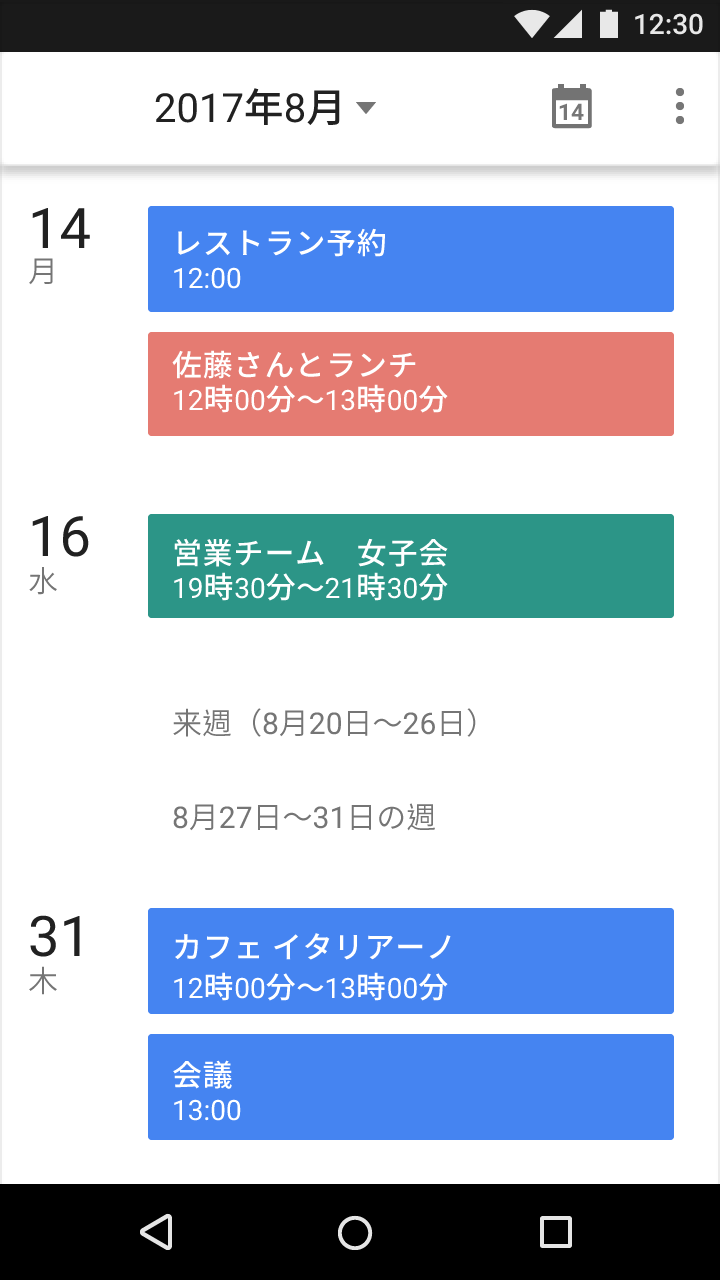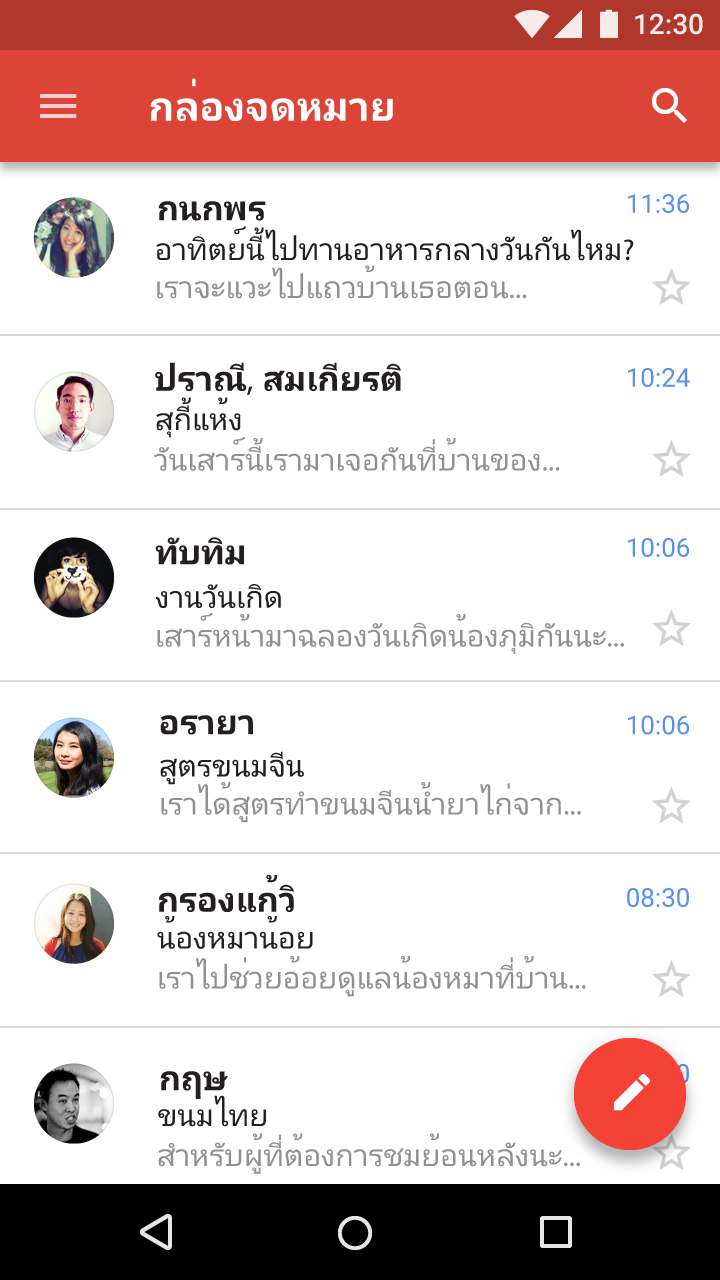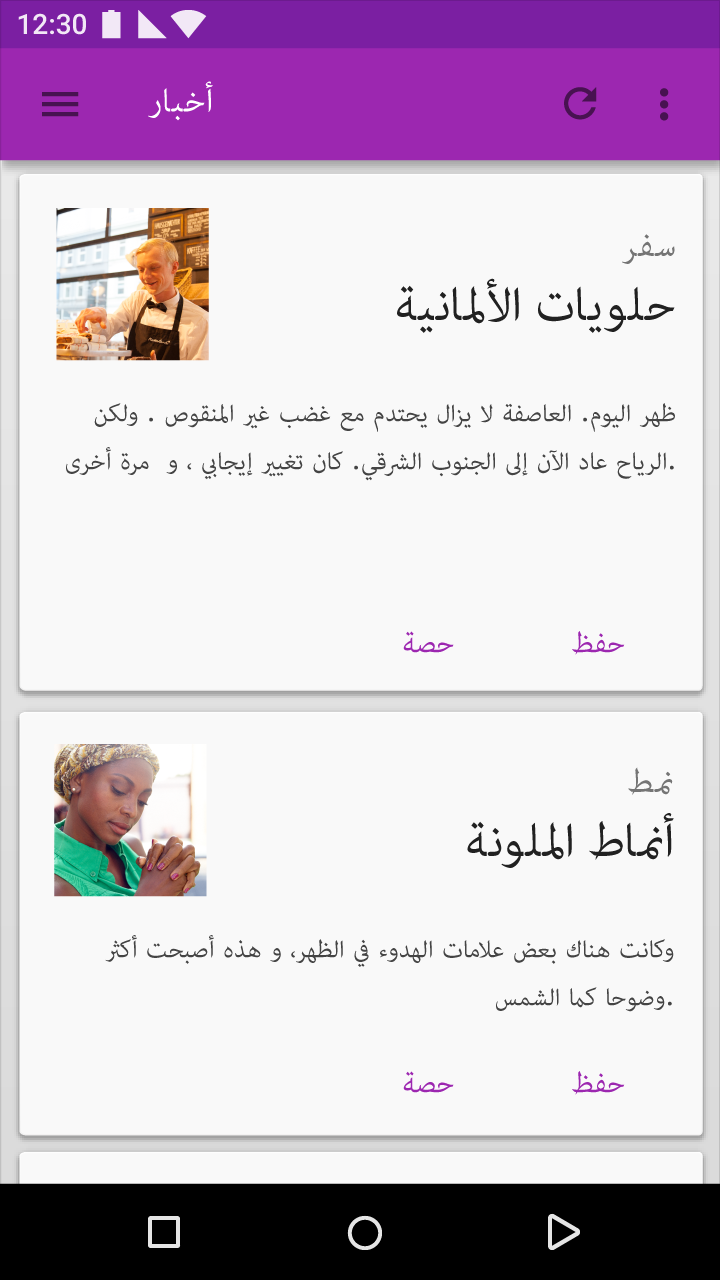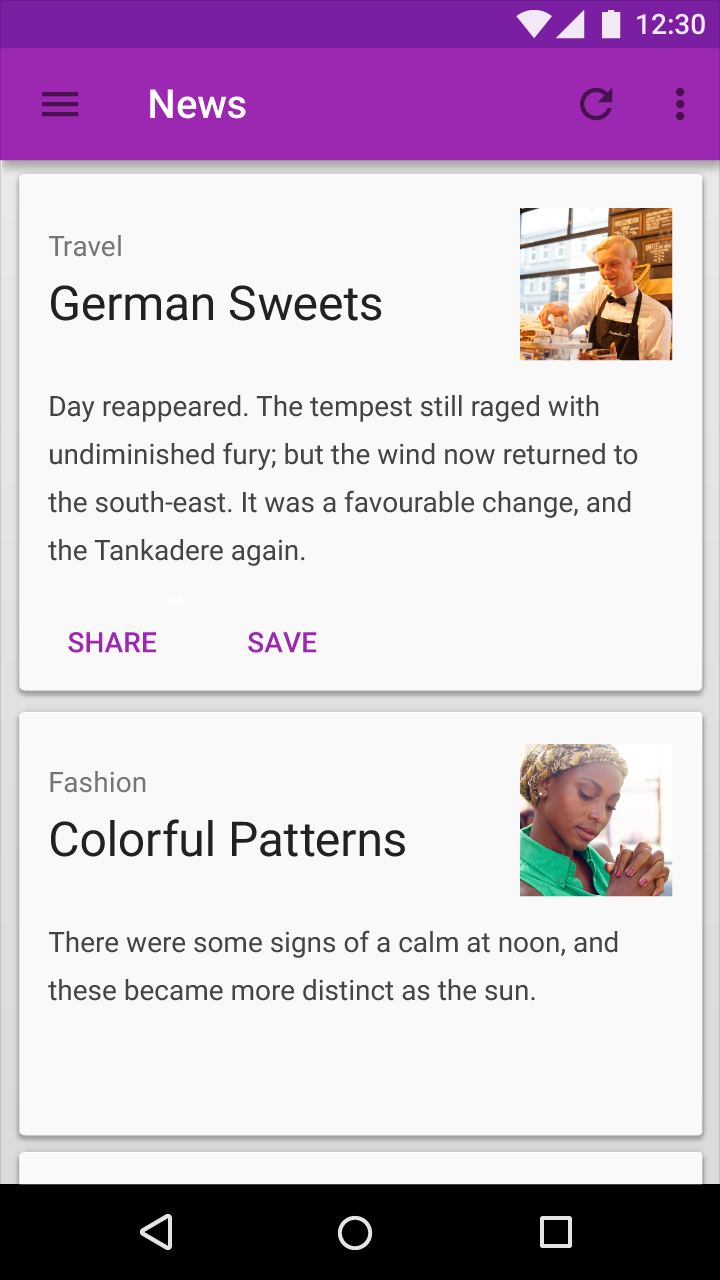Text should be understandable by anyone, anywhere, regardless of their culture or language.
Clear, accurate, and concise text makes interfaces more usable and builds trust.
In addition to these guidelines, be sure to consult guidelines for specific UI elements, such as Errors, Dialogs, Settings, and Data formats.
Guidelines
Tone
Capitalization
Punctuation
UI button text
Style
Google guidelines generally follow the Associated Press (AP) style guidelines.
Text should be simple, concise, and direct
Do.



